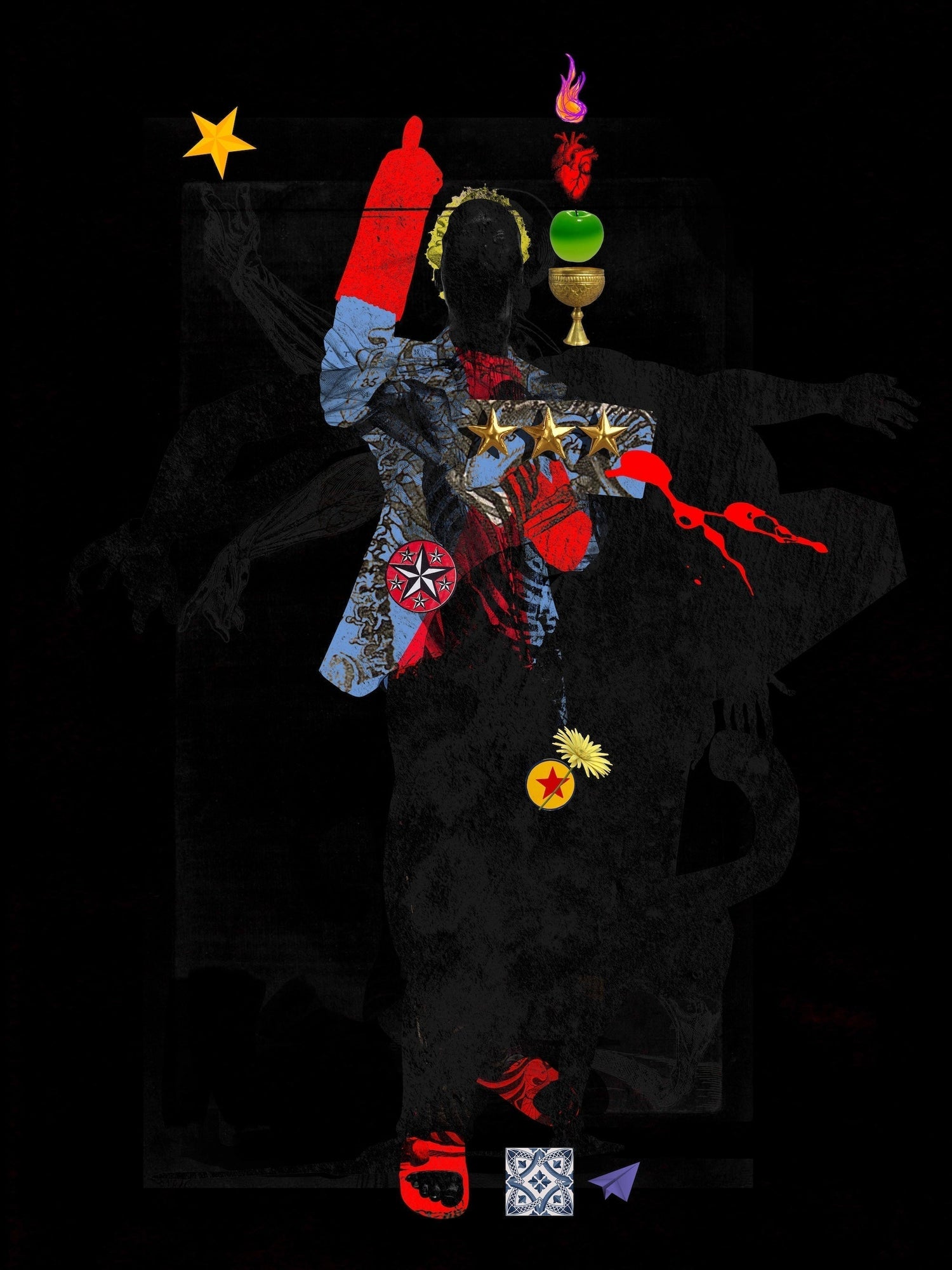
About Ernest Edmonds
A pioneer in the development of computational art, Ernest Edmonds' work represents a prominent milestone in the fields of generative and interactive art. Underpinned by Concrete, Constructivist, and colour field artistic traditions, a focus on structures and interactions are vital to Edmonds' practice. Specialising in creative computing, the artist's research into human perception has shaped elementary computer-generated forms in arresting colours. Born in London, Edmonds studied Mathematics and Philosophy, and garnered a PhD in Logic. In his art-making Edmonds moved from oils and acrylics to his first use of a computer in 1968, going on to show his first computer-based interactive work with Stroud Cornock in 1970, his first networked piece in 1971, and his first generative time-based video, Fragment in 1985. In 2017, Edmonds was awarded the ACM SIGGRAPH Distinguished Artist Award for Lifetime Achievement in Digital Art. He has exhibited across the world, from Moscow to London, Berlin, Washington DC, Rotterdam, Beijing and Sydney. In Rio de Janeiro, 2015, he exhibited with other pioneers, Harold Cohen, Frieder Nake and Paul Brown and in Venice, 2017, he was part of another major exhibition of pioneer computer artists with Manfred Mohr, Vera Molnar, Frieder Nake and Roman Verotkso. Edmonds' retrospective exhibitions include ones at Microsoft Research Asia, Beijing, De Montfort University, Leicester and Mosman Art Gallery, Sydney. He has written many publications on computer art, human-computer interaction, and creativity.
Works
-
Shaping Form
 Shaping Form
Shaping Form
2013
Screen, computer, camera
- Regular price
-
$20,000.00 - Regular price
-
- Sale price
-
$20,000.00

















